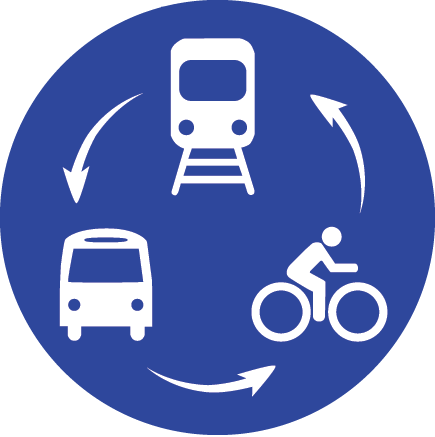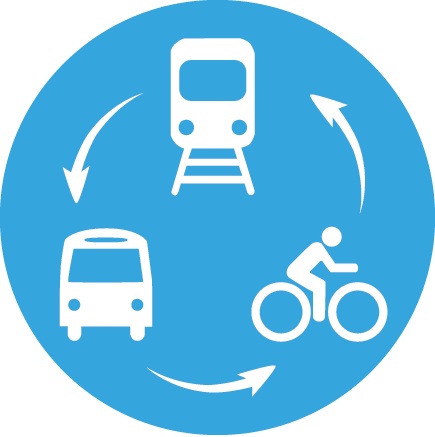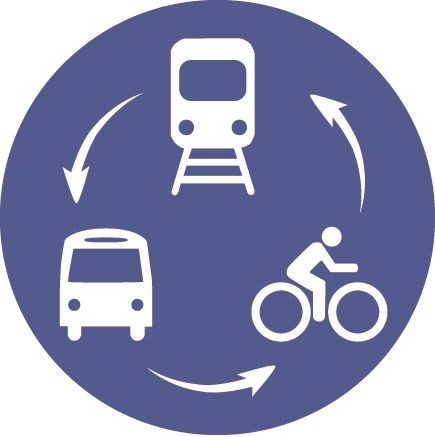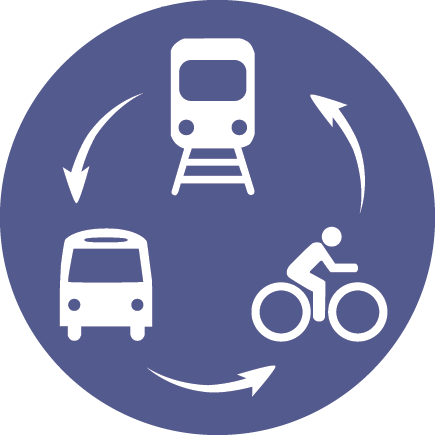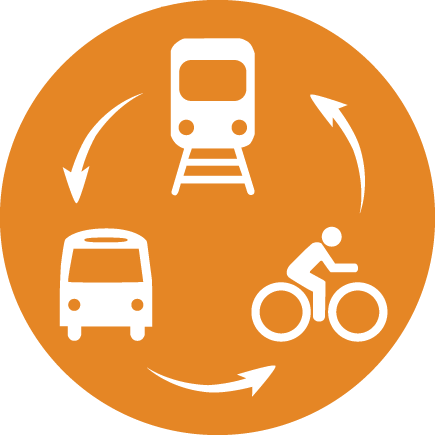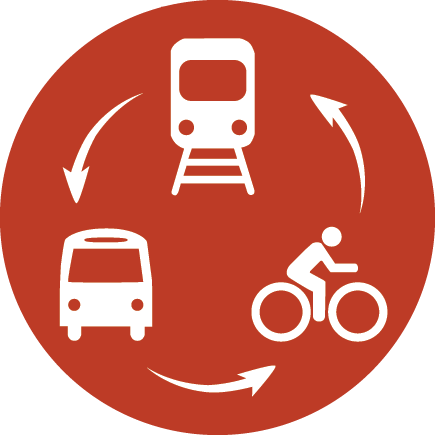ST-2.3 Logistical Strategies
Energy Efficient Freight Transport Network aims to reduce the cost, energy use, and carbon footprint associated with freight transportation networks. This folder contains various logistical strategies designed to increase energy-efficiency in freight transportation.
